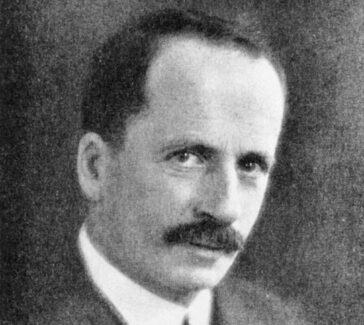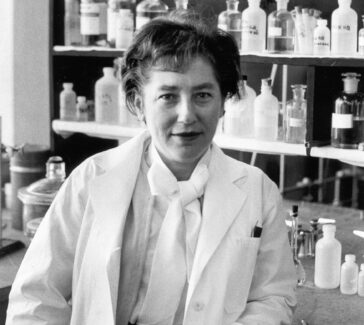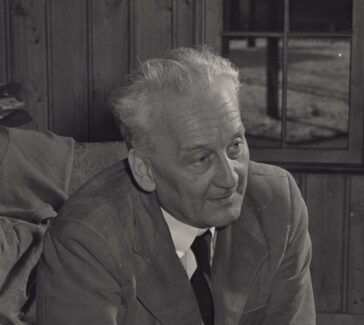Carl von Linde
Linde developed modern refrigeration and made oxygen a commercially viable product.
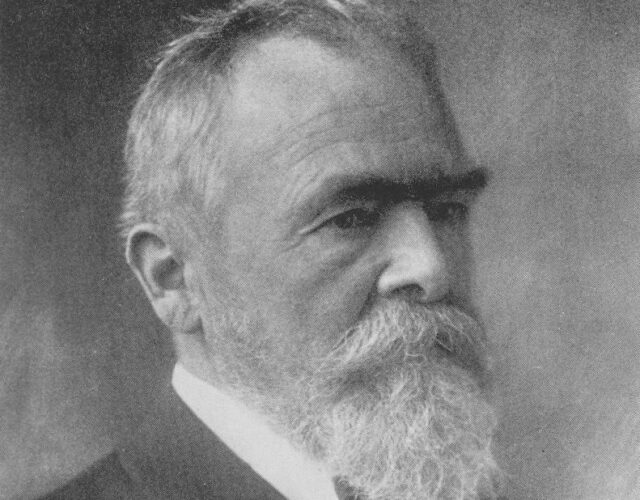
The theoretical scientist Joseph Priestley may have discovered oxygen, but a business-minded engineer commoditized it. Carl von Linde was the first person to extract oxygen gas from the air, making it a commercially viable product and thus launching the industrial gas industry. He also developed modern refrigeration.
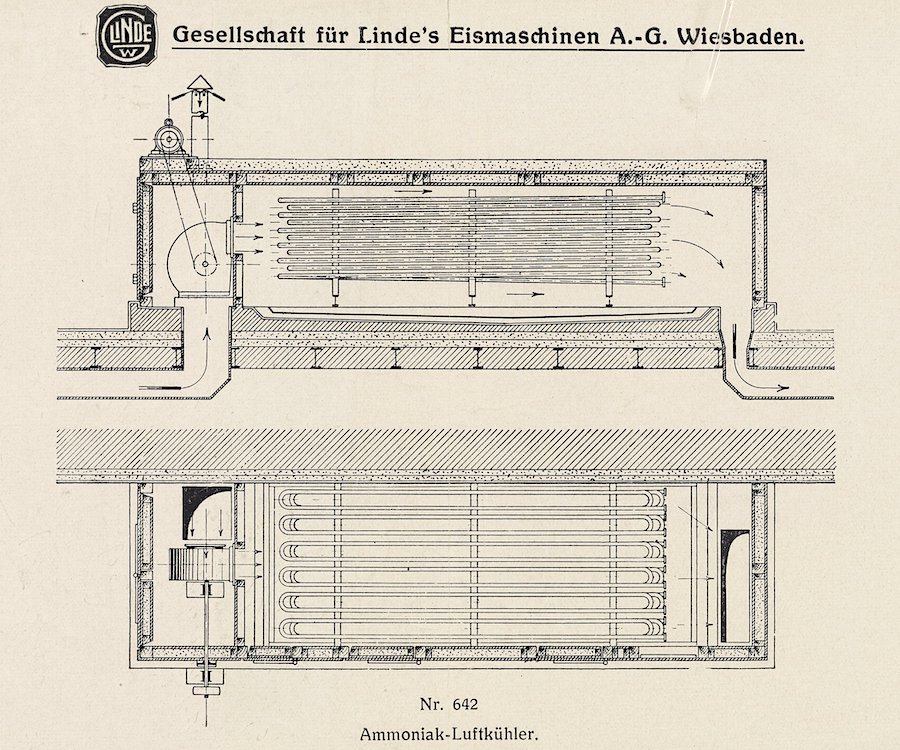
The discovery of oxygen and investigation of its role in chemical reactions was of crucial importance in changing the science of chemistry (see Joseph Priestley and Antoine-Laurent Lavoisier). Initially, however, the discovery had little impact outside the laboratory since oxygen could be produced only in the lab and in limited quantities by chemical or electrolytic means.
It was the achievement of Carl von Linde (1842–1934) in 1902 to take oxygen from the air itself, and he was soon extracting it in quantities approaching 1,000 cubic feet per hour. Oxygen became a common commodity that was supplied to hospitals and industries and was later used in rocket fuel, but this was not the German engineer’s first important contribution.
Advances in Refrigeration
Linde, the son of a Lutheran minister, was educated in science and engineering at the Federal Polytechnic in Zurich, Switzerland. After working for locomotive manufacturers in Berlin and Munich, he became a faculty member at the Polytechnische Schule München (now Technische Universität München [Technical University of Munich]).
His research there on heat theory, from 1873 to 1877, led to his invention of the first reliable and efficient compressed-ammonia refrigerator. The company he established to promote this invention was an international success: refrigeration rapidly displaced ice in food handling and was introduced into many industrial processes.
Commoditized Air
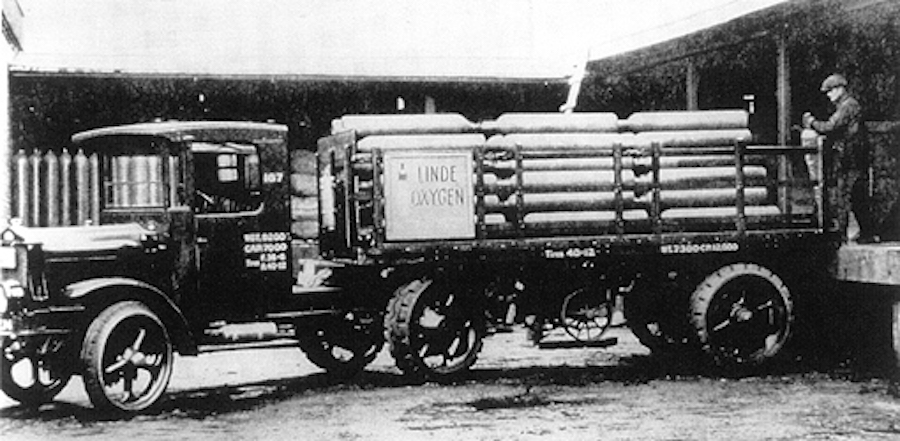
After a decade, Linde withdrew from managerial activities to refocus on research, and in 1895 he succeeded in liquefying air by first compressing it and then letting it expand rapidly, thereby cooling it. He then obtained oxygen and nitrogen from the liquid air by slow warming.
In the early days of oxygen production, the biggest use by far for the gas was the oxyacetylene torch, invented in France in 1904, which revolutionized metal cutting and welding in the construction of ships, skyscrapers, and other iron and steel structures.
One company formed to use Linde’s later patents was the Linde Air Products Company, founded in Cleveland in 1907. In 1917 Linde Air Products joined with four other companies that produced acetylene, among other products, to form Union Carbide and Carbon Corporation. In 1992, Linde Air again became an independent company—Praxair.

